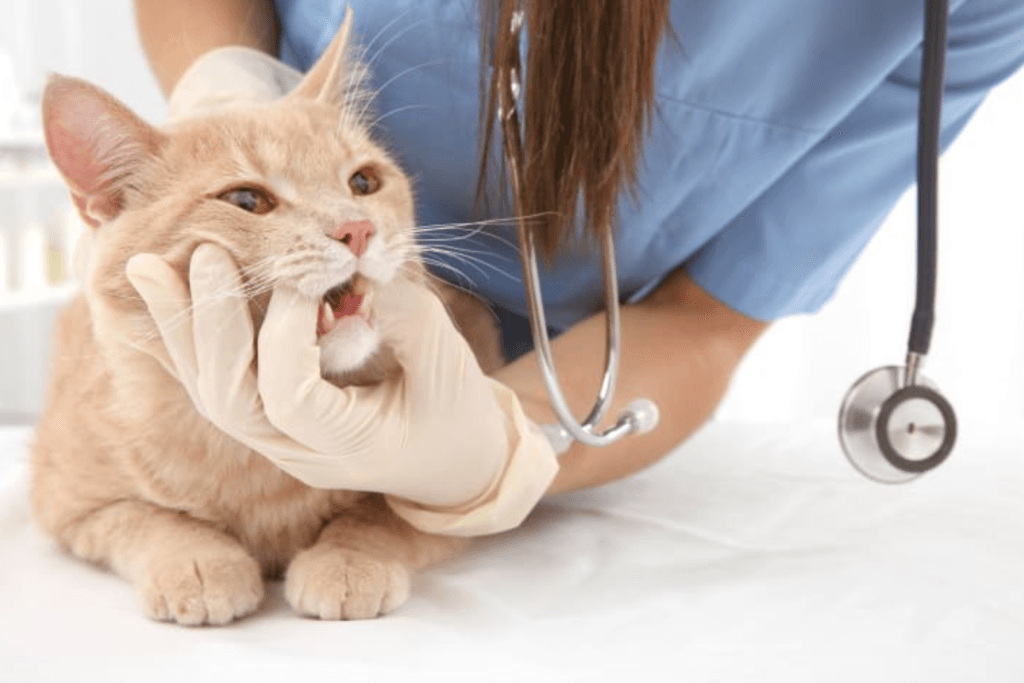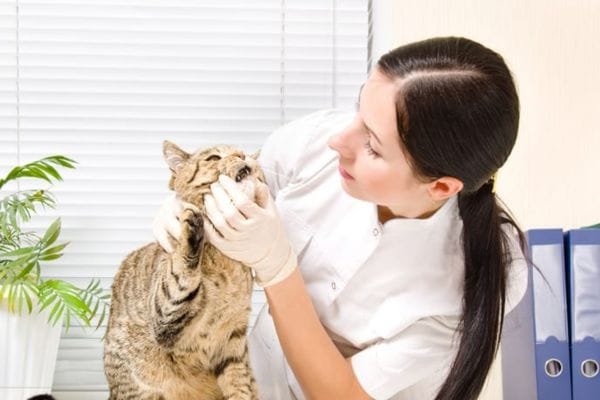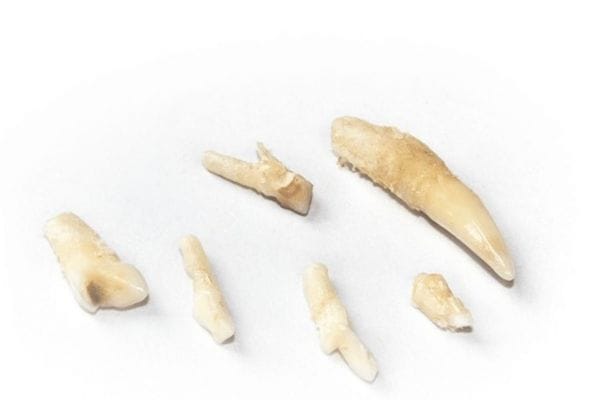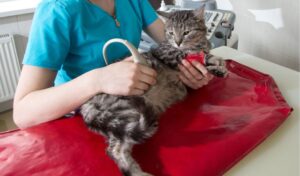Signs Of Infections After Cat Tooth Extraction: 6 Reasons To Look For

Has your cat reached the stage where they have to go through painful extractions? Tooth extractions are common for cats who have reached their mature age. However, the main deal is the recovery period and things can take a worse turn if your cat develops infections.
You should look for the signs of infections after cat tooth extraction to ensure recovery. We are going to jot down the signs you should keep in mind so you can give your cat timely treatment. Let’s begin the countdown.
Common Signs Of Infection After Cat Tooth Extraction
It’s crucial to observe your cat closely post-surgery. Be on the alert for these warning signals so you can timely visit the vet.

Swelling In Jaw
It’s normal to have swelling after any surgery but concern rises when the swelling gets worse with time. It can indicate that your cat might be suffering from some infection or inflammation and it’s time to contact your vet. Timely treatment can lead to quick recovery so don’t be lazy.
Pus And Discharge
Another red signal is pus or discharge from the site of tooth extraction. An infected site can invite swelling and lead to yellow or green discharge. However, if things take a worse turn then be prepared for a bloody bath from the tooth extraction site.
Bad Breath
Well, your cat’s breath is not supposed to smell like roses, but if the smell is particularly bad after surgery, then it indicates an infection. It’s all thanks to the bacteria buildup in the mouth. It’s necessary that you don’t miss out on these tiny signs and immediately contact the vet.
Loss Of Appetite
Cats tend to show less interest in food after the surgery. However, if your cat shows no interest in eating or has stopped eating entirely, this is cause for concern. It means they’re in pain and feeling ill as a result of an infection.
Lethargy And Fever
Bacteria and heightened immune system activity can cause fever and tiredness. Your cat may feel sluggish or lose interest in their favorite hobbies. Some cats may exhibit signals of annoyance or social withdrawal from you.
Keep a closer look at their daily activities so you can take an overall idea about what is going on with your feline masters.
Drooling And Bleeding
Cats drool a lot after tooth extraction surgery, and that’s because our furry friends are getting used to the process. However, it should only persist for 2-3 days. If your cat is drooling or bleeding excessively after surgery, this may be cause for concern. They are likely to have contracted an infection and require prompt medical attention.
How To Prevent Infection After Cat Tooth Extraction?
We have dived deeper into the nitty details regarding the signs of cat tooth extractions. Now, let’s see how you can prevent this problem from the very beginning.

- Always adhere to the instructions of your vet so you don’t run into any problem.
- Switch to soft diet so it’s easy to swallow and your cat can still have a great diet.
- Keep a close eye on the signs above so you can address them timely.
- Don’t engage your cat into physical activity. Give them proper rest so they can relax and recover.
Conclusion
Knowing about the signs of infections after cat tooth extraction can be life-changing. It can save you from all sorts of discomfort and ensure that your cat recovers properly. However, if something is wrong and you are unable to figure it out, then make sure to pay your vet a visit immediately.


